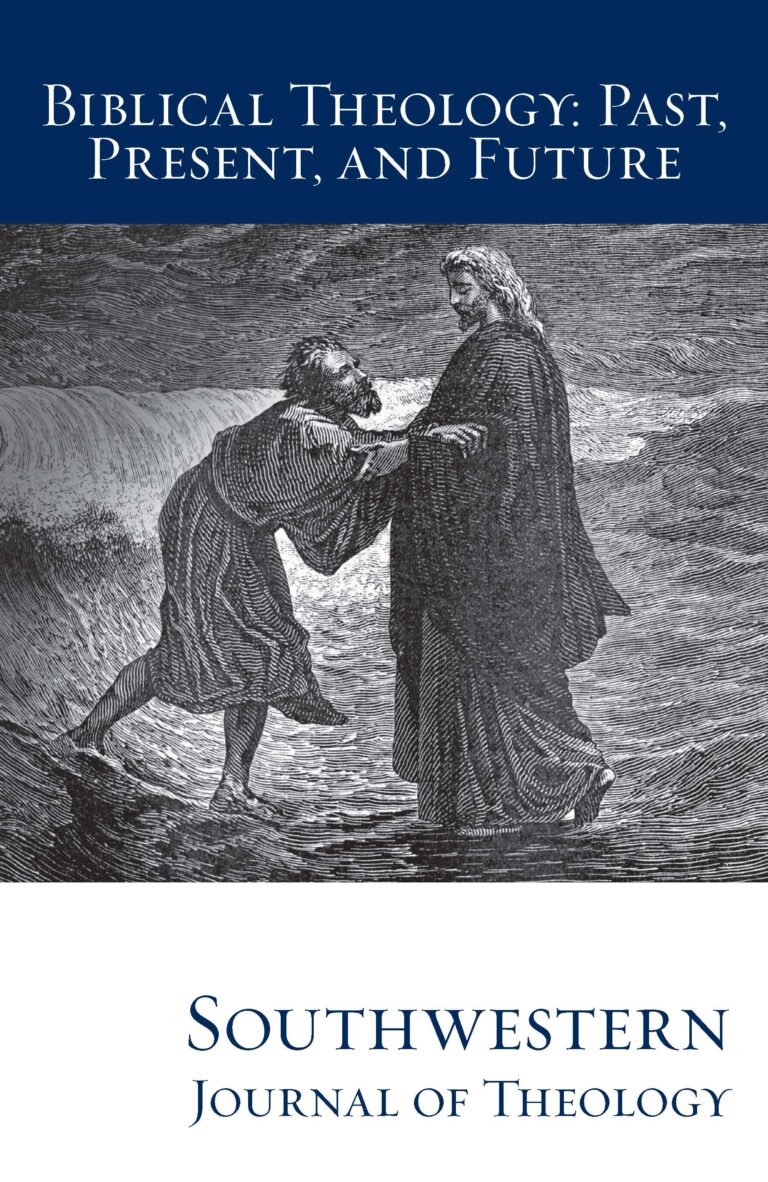
Biblical Theology: Past, Present, and Future (II)
Southwestern Journal of Theology
Volume 56, No. 1 – Fall 2013
Managing Editor: Terry L. Wilder
By Paul R. Hinlicky. Grand Rapids: Eerdmans, 2010. 405 pages. Softcover, $45.00.
Paul Hinlicky’s Luther and the Beloved Community is a systematic theologian’s pathfinding for theology in creedal traditions confronting post-Christendom. Drawing inspiration from Luther, or what he calls, “my Luther,” by which he means the emphases he draws from Luther, Hinlicky converses with several disputable issues in this transitory time. His vision for appropriating Luther for contemporary theology is not limited to the Lutheran tradition but hopes to extend to inform all creedal Christianity in order to develop an ecumenical direction of thought to face post-Christendom.
The book is not for the uninitiated. Consistent use of untranslated Latin and many undefined terms suits that audience but unfortunately terminology specific to Hinlicky’s project is also left undefined. Readers unfamiliar with Hinlicky’s work are thus left without resource to understand the meanings of “beloved community” or “critical dogmatics” (which I can best describe as theologization rejecting synchronic systemization, favoring a diachronic approach mindful of ecumenical creedal orthodoxy). Also, this is not intended to be a work of historical theology but rather an appropriation of a historical figure’s thought in dialogue with contemporary issues. As such, church historians and systematic theologians both will have the delight of encountering new ideas that can stretch their attempts to appropriate historical theology or to find historical inspiration for theology.
As in Paths not Taken, Hinlicky uses the path metaphor for the direction of Christian theology. Luther and the Beloved Community intends to set up a starting point for the continued path of theological enterprise; a veritable prolegomena to any future theology. Hinlicky majors on setting Luther’s thought, or at least his vision of Luther’s thought, against post-Christendom thinking, but Hinlicky does not present a unified vision for how theology should proceed. It is as though the path has been obscured by the wild brush of such thinkers as Josiah Royce or William James. Dissapointingly, Hinlicky approaches the obfuscated path with a theological machete, albeit a particularly sharp one, not to cut away the foliage but merely to point to each branch in the way and to declare that there is a path underneath. While there is value knowing where the path is and what problems are in the way, this must be understood as only an initial task doing little path clearing itself.
This is not to say that the book is unorganized, but direction is elusive. Even the last chapter, “By Way of Conclusion,” provides little conclusive direction for the path to be taken but rather presents a few other issues more briefly than the other issues addressed. The impression is that the work is not to stand alone but serves as a part of a larger project, including Paths Not Taken, since the chapters are Hinlicky’s settings of Luther, or at least his conception of Luther, as interlocutor to several issues with a common goal in mind for each. The book as a whole seems, then, to be setting some groundwork for what direction Hinlicky may have in mind for postChristendom theology but his final answer is not found here. One is left picking through the book for the occasional nugget like his insistence that preaching should not be based on human persuasion but rather on the exaltation of the cross (138).
Although Luther was Hinlicky’s theological “resource,” Luther’s authentic voice is often not heard. Rather than citing Luther specifically, Hinlicky often stated his view of Luther’s theology without grounding those inferences in any specific writing from Luther. For instance, speaking of correlations between Anselm, Luther, and Paul on the atonement, Hinlicky thoroughly cites Anselm and the text from Paul from which Luther derived his idea but merely states what Lutheran belief has been (90). Further, using Luther as a resource rather than a guide allows Hinlicky divergence from Luther’s thought. One must question the use of “my Luther” rather than an attempt to discover Luther himself. Initially, the concept of the beloved community takes a much more directive role in Hinlicky than in Luther. Meanwhile, Hinlicky draws conclusions from some of Luther’s ideas to which Luther would certainly object. When advising churches to recognize homosexual unions because homosexuality is a disorder of the Fall like a disease rather than a sin (215-216), one must wonder whether Luther would appreciate sexual immorality parading as a God-ordained institution being an anticipatory model of eschatological community. More suspect are instances when Luther, even in interpretation, is left out of the conversation. For instance, he is notably silent for most of the discussion on the New Perspective.
Hinlicky has invested serious thought into many issues but the full formulation of his thought remains forthcoming (xv). This book would be better read as a collection of essays rather than as a monograph since most of the materials are of independent origins (xxiii). Without the end yet in sight, however, it remains difficult to grasp the full import of what is presented.





